“Understand that sexuality is as wide as the sea. Understand that your morality is not law. Understand that we are you.” — Derek Jarman

In this post, you will find…
The Society for Neuroscience Oregon/SWW Chapter meeting is an annual cerebral highlight of spring, a time of year marked by vernal growth and blossoms – and, of course, documented increases in primate sexual behavior…

LEARN MORE: Seasonal variation in human reproduction: environmental factors
LEARN MORE: Are Humans Seasonally Photoperiodic?
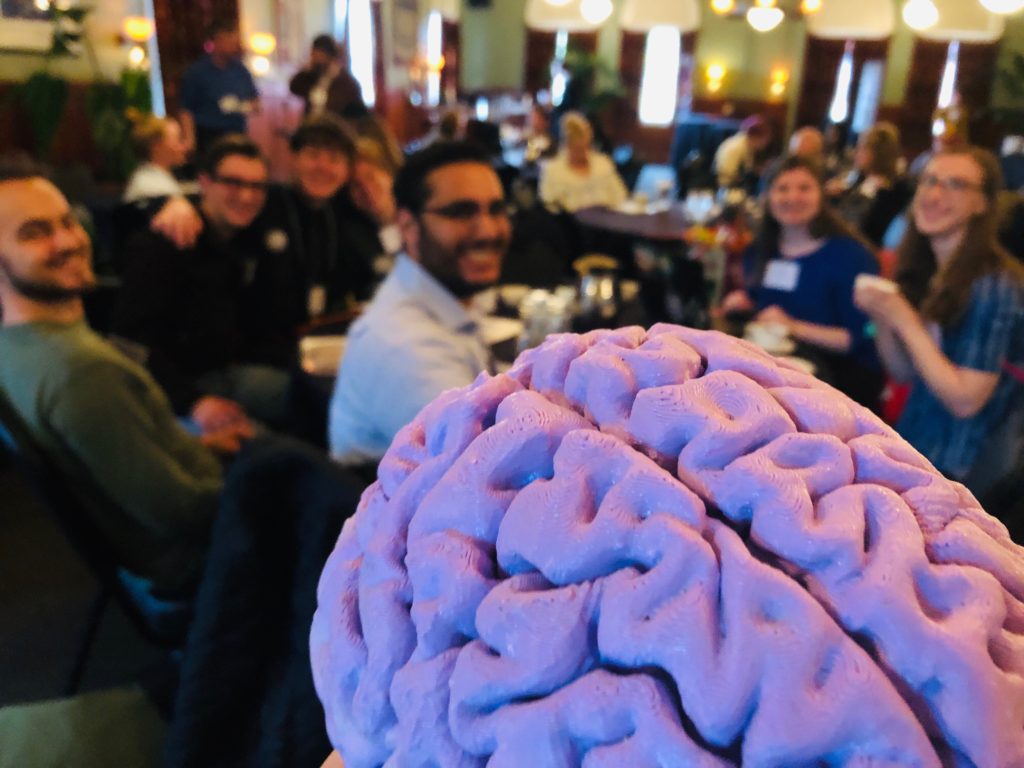
Despite this year’s substantial increase in registration fees, there was a strong undergraduate contingent from the Neuroscience Club at Portland State University (PSU) ready to present posters and hear talks. We gathered at the art-filled McMenamin’s Edgefield, a former county “poor farm” transformed into a flourishing hotel, lush gardens, vineyards, breweries and an evocative conference center to discuss new research on sex differences and the brain…

The Edgefield Ballroom, with pipe cleaner neuron…
The subject of sex is both topical and controversial. The meeting began on the same day that the Trump/Pence administration implemented its discriminatory, animus-driven, evidence-free ban on transgender troops in the U.S. military.

LEARN MORE: New Rule for Transgender Troops: Stick to Your Birth Sex, or Leave
LEARN MORE: Trump’s record of action against transgender people
LEARN MORE: Oregon Governor Kate Brown Refuses To Comply With President Trump’s Transgender Military Policy
SfN Chapter President Larry Sherman opened the two day event, introducing our first featured research speaker, Charles (Chuck) Roselli of Oregon Health & Science University (OHSU)…

Dr. Roselli briefly reviewed the “classical” conception of sexual differentiation, which emphasized the masculinization of the body (development of penis, scrotum) by the SRY gene on the male’s shortened Y chromosome. According to this model, subsequent release at puberty of the hormone testosterone from the testes drives the expression of “male-specific” behaviors.
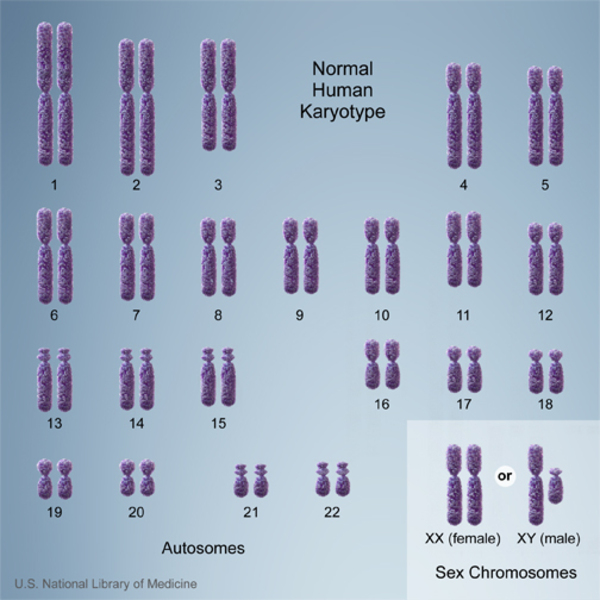
A majority of women have two X chromosomes; most men have one X and one Y
LEARN MORE: NIH Genetics Home Reference
SRY (for Sex determining Region Y) codes for a transcription factor; that is, for a protein that binds to multiple regions of the DNA and changes the expression of additional genes. Females, in contrast, in this “primordial” view, have “quiescent” ovaries in utero, and no hormones until puberty, with brains passively developed as the “default” pathway…

“So that’s why they left out Rosalind Franklin…”
LEARN MORE: SRY gene (sex determining region Y)
Our current understanding, Chuck noted, is much more complex. “Hormones are not the whole story,” he explained, though the XX/XY chromosomal inequality leads (at least partially through the actions of SRY) to “lifelong differences in hormone levels.” But there are additional factors which contribute to the morphological, physiological and behavioral differences that make us who we are…

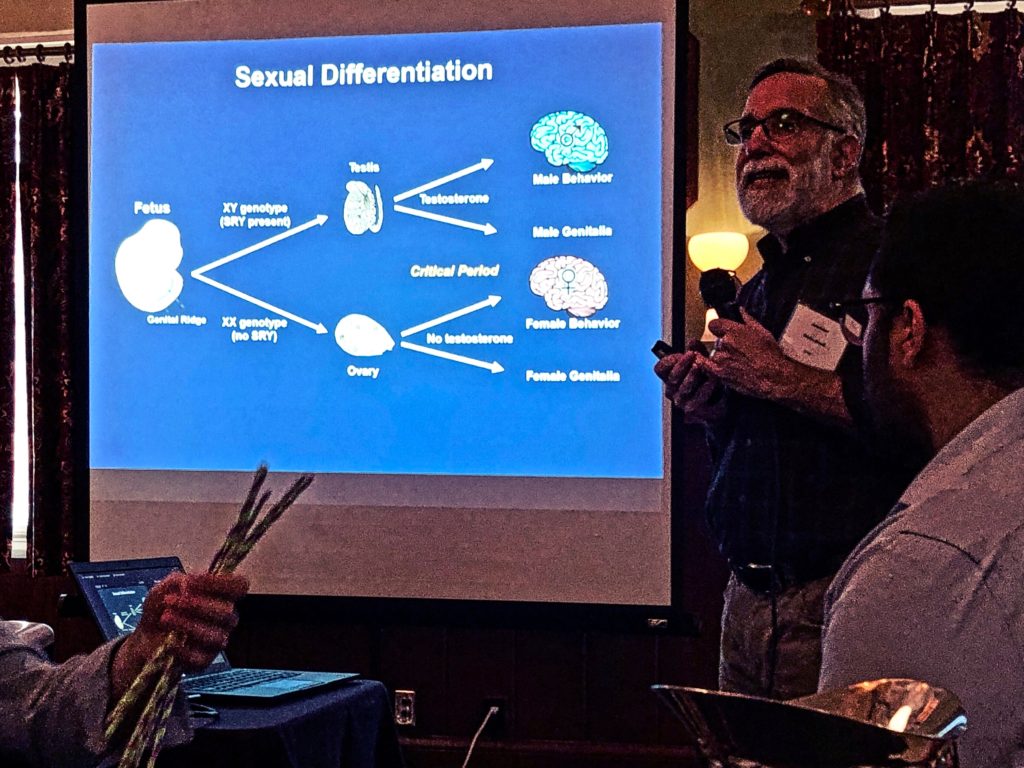
“New evidence has accumulated to warrant a shift away from the old serial model and toward a more complex and nuanced model in which numerous sex-specific factors, hormonal, genetic and epigenetic, act in parallel to cause or eliminate sex differences in the brain and other tissues…” – Margaret M McCarthy and Arthur P Arnold
LEARN MORE: Reframing sexual differentiation of the brain
LEARN MORE: Sexual differentiation of the human brain
LEARN MORE: Review: magnetic resonance imaging of male/female differences in human adolescent brain anatomy
Chuck then turned to his own fascinating research on partner preferences in rams and sheep. This, he explained, is “only a rough approximation of sexual orientation in people, and definitely not a perfect model, lacking measures of love and commitment.”

However, Chuck noted, ovine partner preference is highly sexually differentiated, with a majority of rams, for example, mounting sheep. But not all of them…
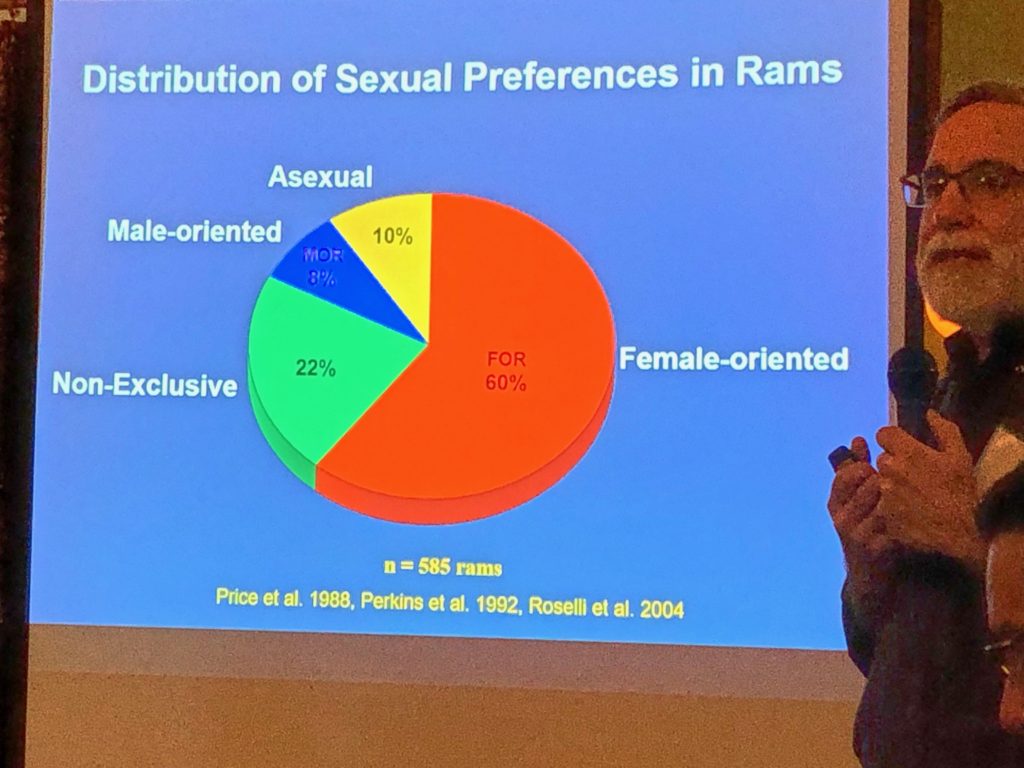
“Heterosexuality is not normal, it’s just common.” –Dorothy Parker
LEARN MORE: Biological Exuberance: Animal Homosexuality and Natural Diversity
The ram preferring rams Chuck studied live in Dubois, Idaho, where he traveled for several years assessing behavior and examining brains. Idaho sheep farmers are very interested in the libido of their rams, and routinely test them for performance…
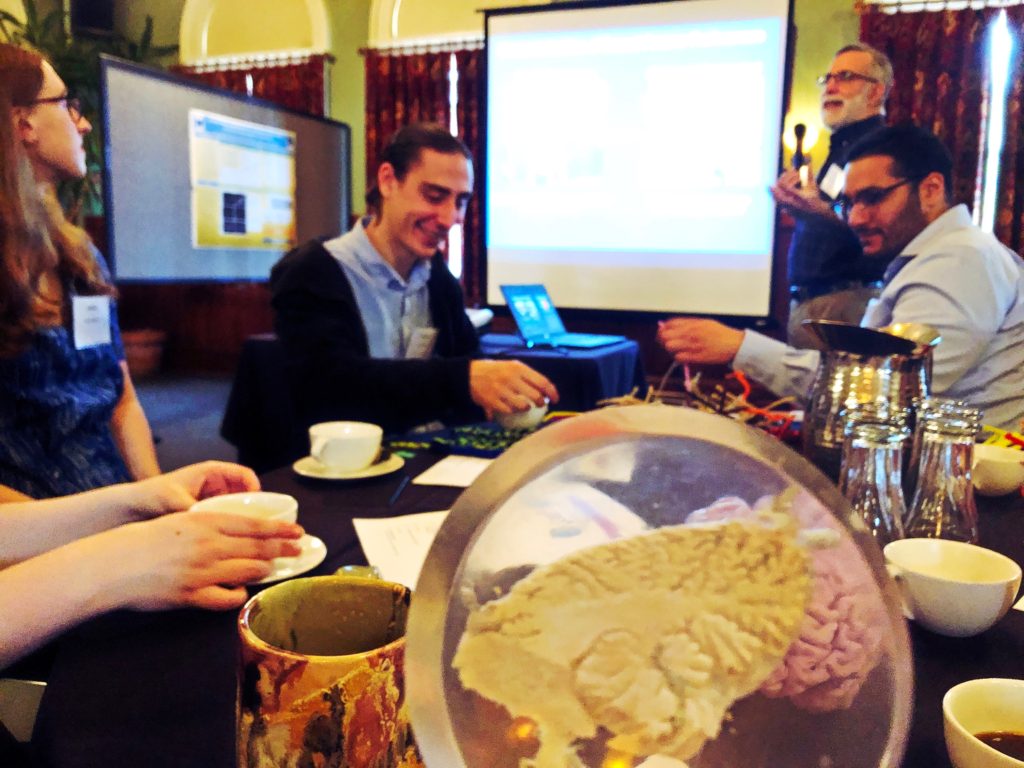
LEARN MORE: The Ram as a Model for Behavioral Neuroendocrinology
A brain region known as the hypothalamus is structurally impacted by circulating sex hormones during development, and influences behavior – including partner preference.

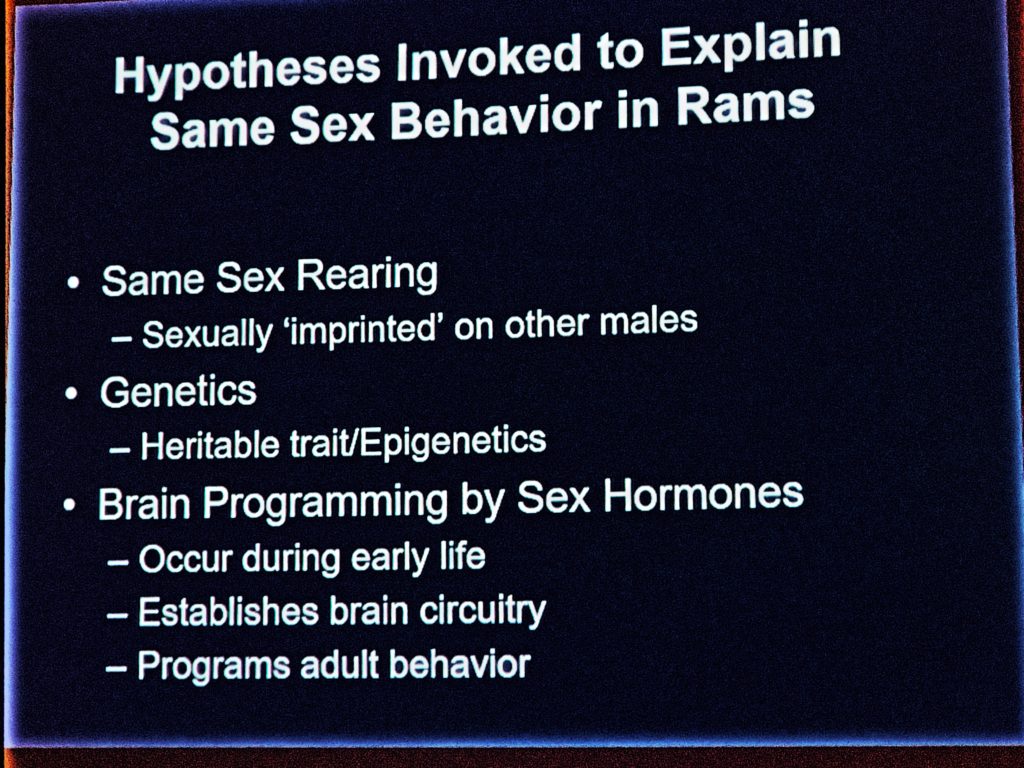
In rats, for example, the medial pre-optic area (MPOA) of the hypothalamus is five times larger in males than in females. This region is also referred to as the sexually dimorphic nucleus, or SDN, and has been studied in many other species. In rats and ferrets, for example, if you lesion the SDN in males, you change their sexual partner preference to fellow males…
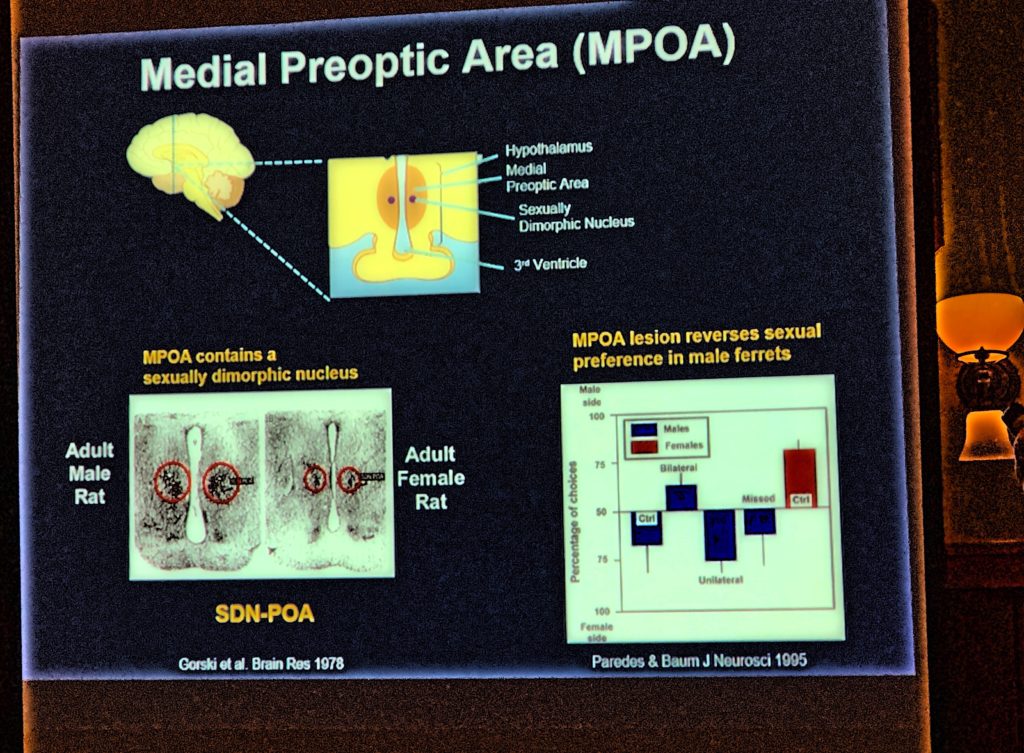
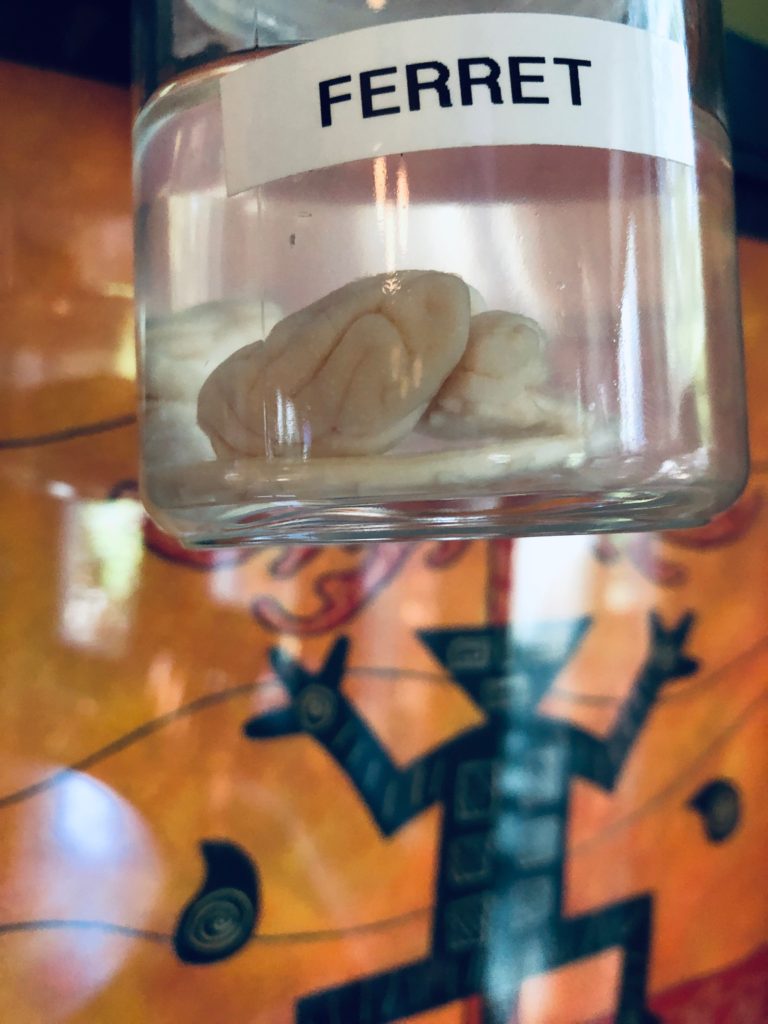
“Sexual partner preference (SPP) refers to an animal’s courtship and mating preferences for partners of the same or opposite sex when given a choice…” – Charles Roselli
LEARN MORE: Evidence for a morphological sex difference within the medial preoptic area of the rat brain

Neuroscientist Simon LeVay explored structural differences in the interstitial nuclei of the anterior hypothalamus (INAH1, INAH2, INAH3 and INAH4). He examined the post-mortem brains from three groups of people: “women, men who were presumed to be heterosexual, and homosexual men,” and reported in Science in 1991 that INAH3 was twice as large in heterosexual men as it is in both women and homosexual men.
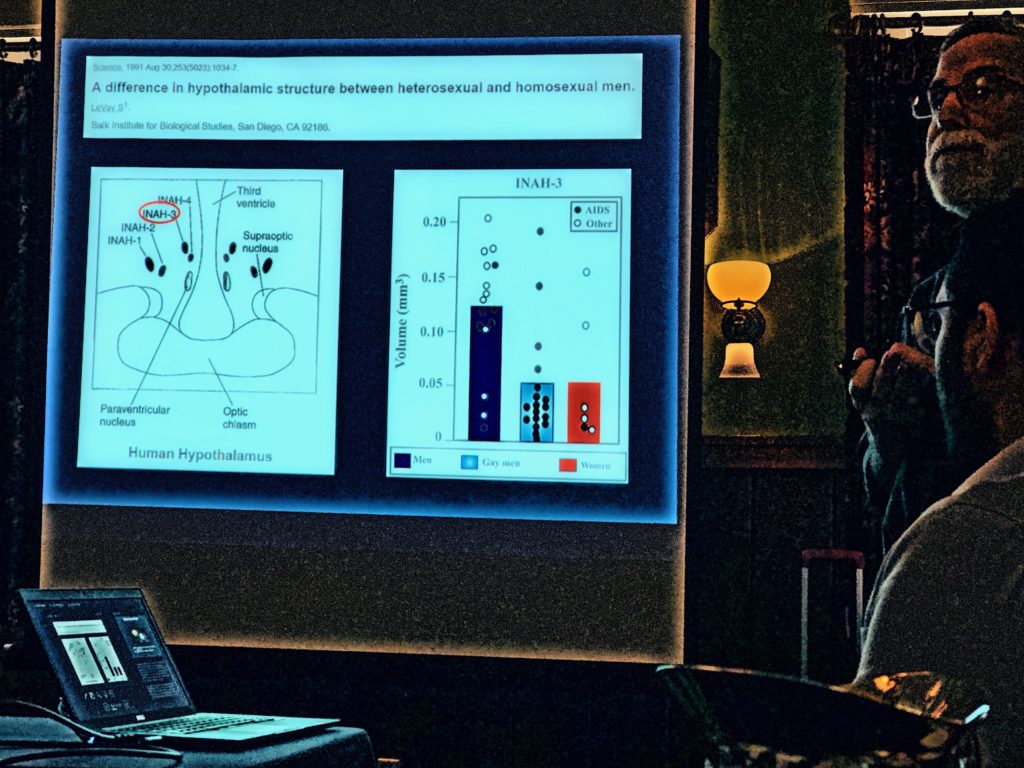
According to LeVay, “This finding indicates that INAH is dimorphic with sexual orientation, at least in men, and suggests that sexual orientation has a biological substrate.”
LEARN MORE: A difference in hypothalamic structure between heterosexual and homosexual men
LEARN MORE: Minireview: Hormones and Human Sexual Orientation
Another study in 2008 found that post-mortem brains of male to female transsexual individuals had, like women, smaller INAH3 nuclei than did the brains of a control group of men (the researchers examined the uncinate nucleus, consisting of both INAH3 and 4).
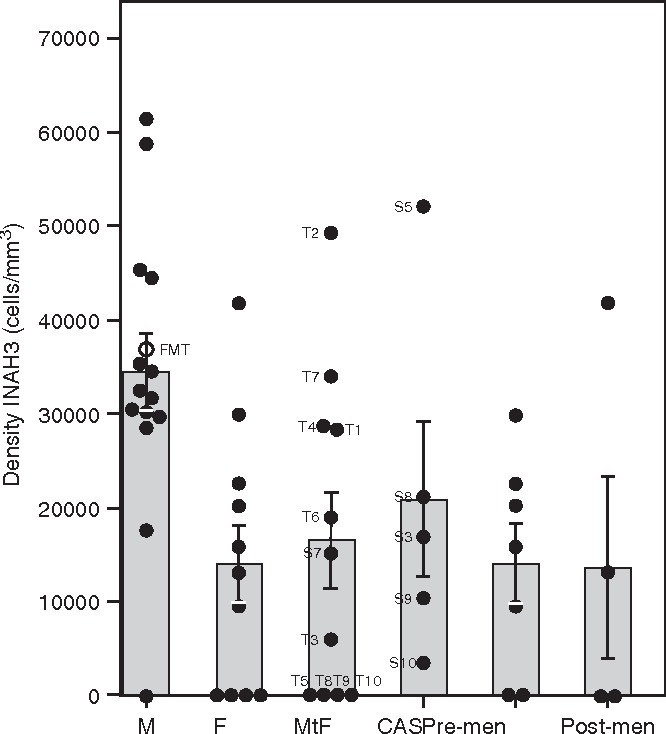
Density of neurons in INAH3 in different groups: M=control male group; F=control female group; MtF= transsexual male-to-female group; CAS=castrated male group; Pre-men=pre-menopausal women; Post-men=post-menopausal women.
LEARN MORE: A sex difference in the hypothalamic uncinate nucleus: Relationship to gender identity
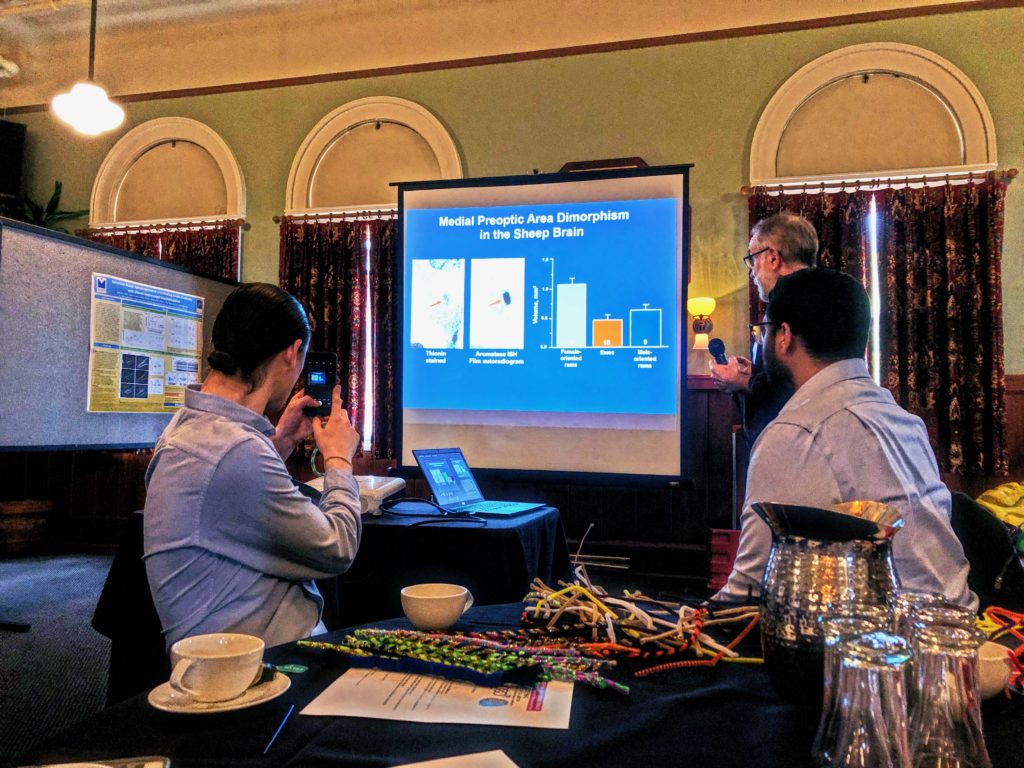
So, Chuck asked, was the ovine SDN smaller in rams seeking rams?

Yes! “But,” asked Dr. Roselli, “is this the cause or the consequence of the behavior..?”
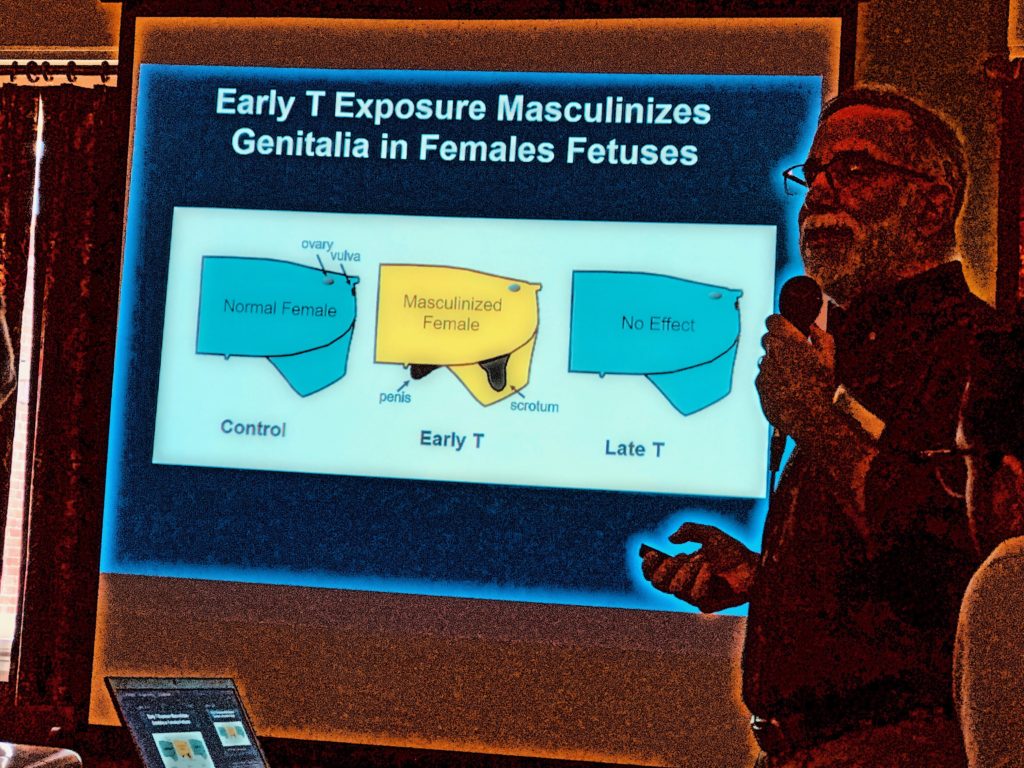
While early exposure to testosterone during gestation results in masculinized female sheep, generating a penis and scrotum, exposure in late pregnancy does not. However, late testosterone DOES masculinize (i.e., increase the size of) the sexually dimorphic nucleus!
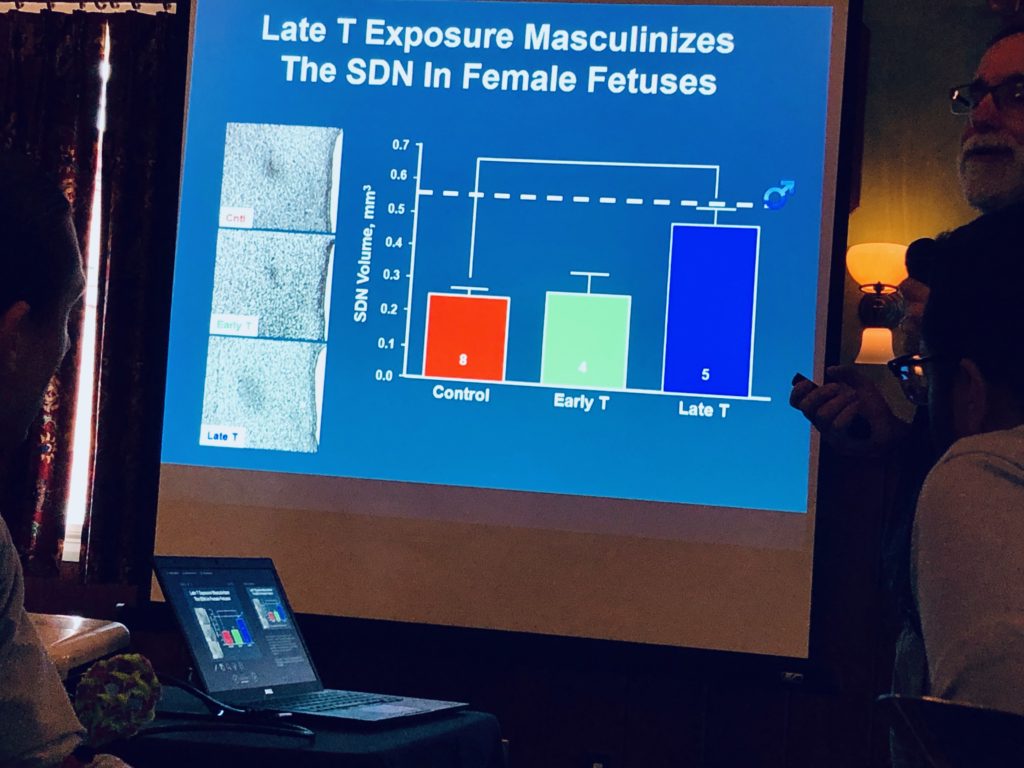
Many questions remain, and clearly there are complex developmental processes at play. Further work published by Chuck and his colleagues describes additional changes in the development of circuitry linking sexually dimorphic regions of the hypothalamus, the pituitary gland (which secretes gonadotropin releasing hormone), and the gonads (testes, ovaries) that might contribute to differences in ovine sexual behavior.

LEARN MORE: The Development of Male-Oriented Behavior in Rams

3D printed brain in daphne…
Our next speaker, Dena Dubal, Assistant Professor in Neurology at the University of California, San Francisco, pointed out that “every cell” in your brain and body “has a sex.”
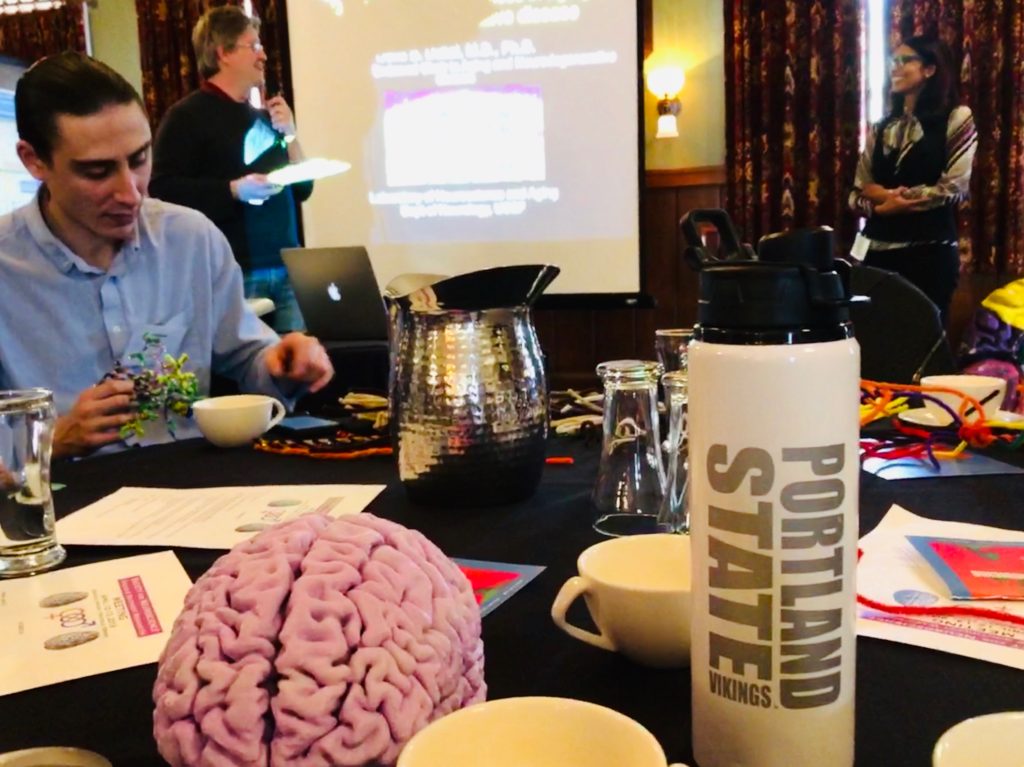
She began with the story of her own great-grandparents – her great-grandfather who died in his 40s, and her great-grandmother who succumbed in her 90s – to illustrate a basic fact: across the world, women live longer than men…

LEARN MORE: Sex Differences in Lifespan
LEARN MORE: Women live longer than men
LEARN MORE: Women live longer than men even during severe famines and epidemics
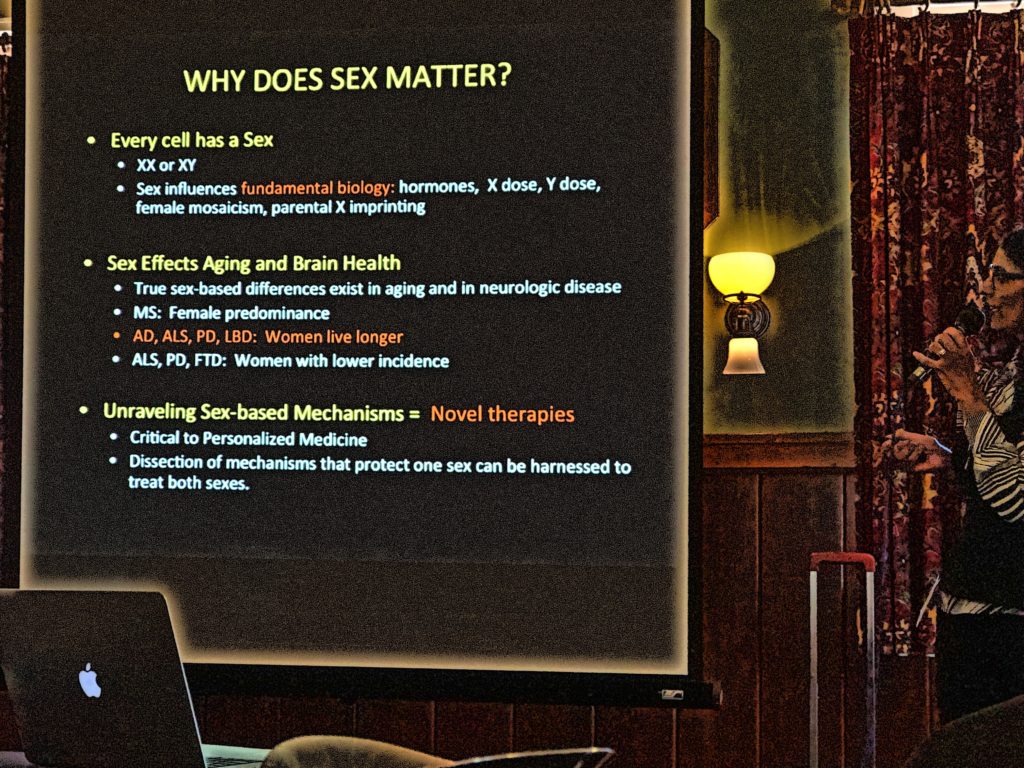
This stark and under-studied difference “suggests something fundamentally biological,” said Dr. Dubal. It has been demonstrated again and again, across multiple animal species.
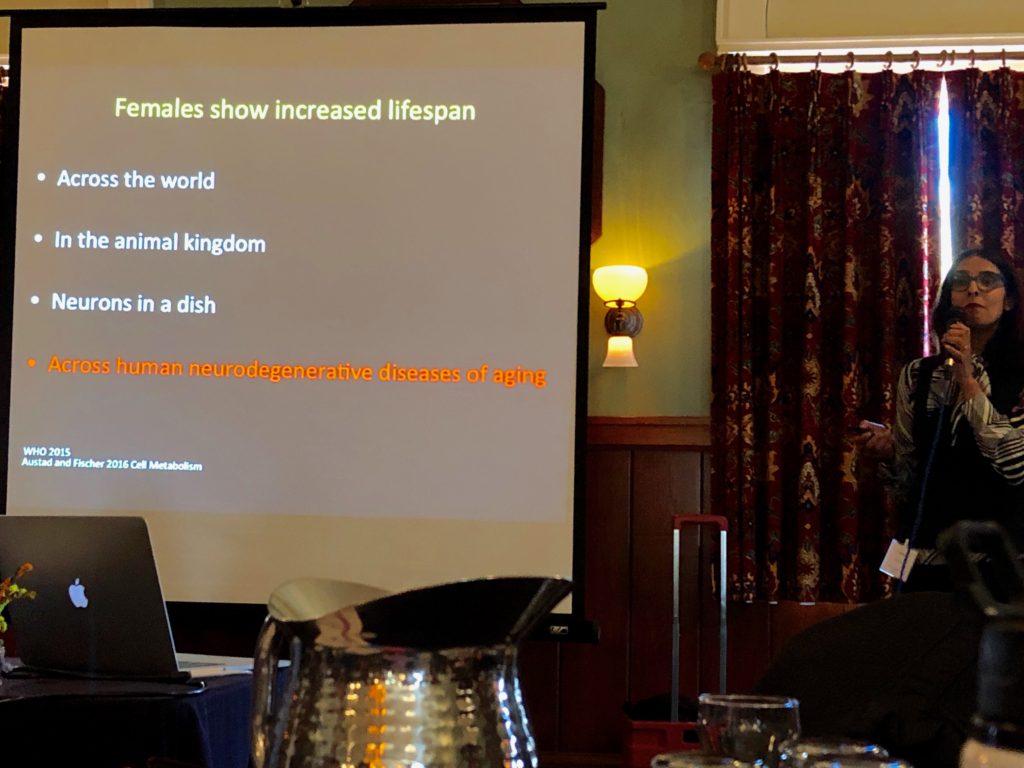
“Even XX neurons live longer in a petri dish than XY!”
LEARN MORE: Sex gap in aging and longevity: can sex chromosomes play a role?
LEARN MORE: Aging in the natural world: comparative data reveal similar mortality patterns across primates
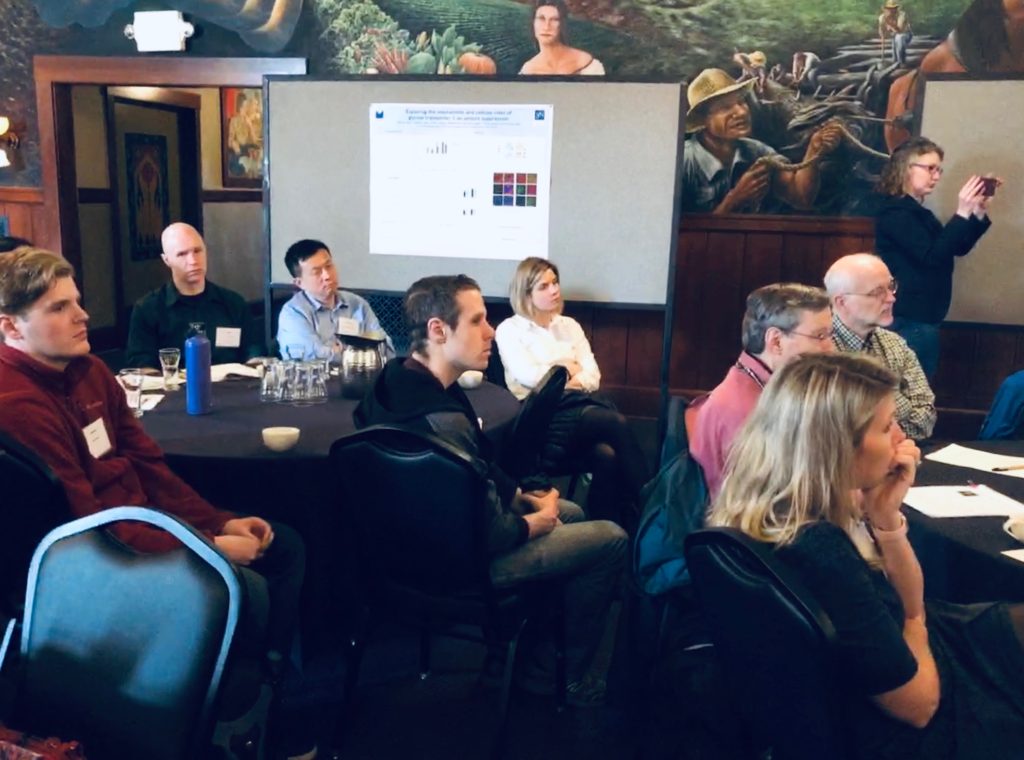
Dr. Dubal presented compelling recent work on how that second X chromosome – and not the gonads, the Y, or the SRY gene – appears to confer longevity benefits on females, in mice…
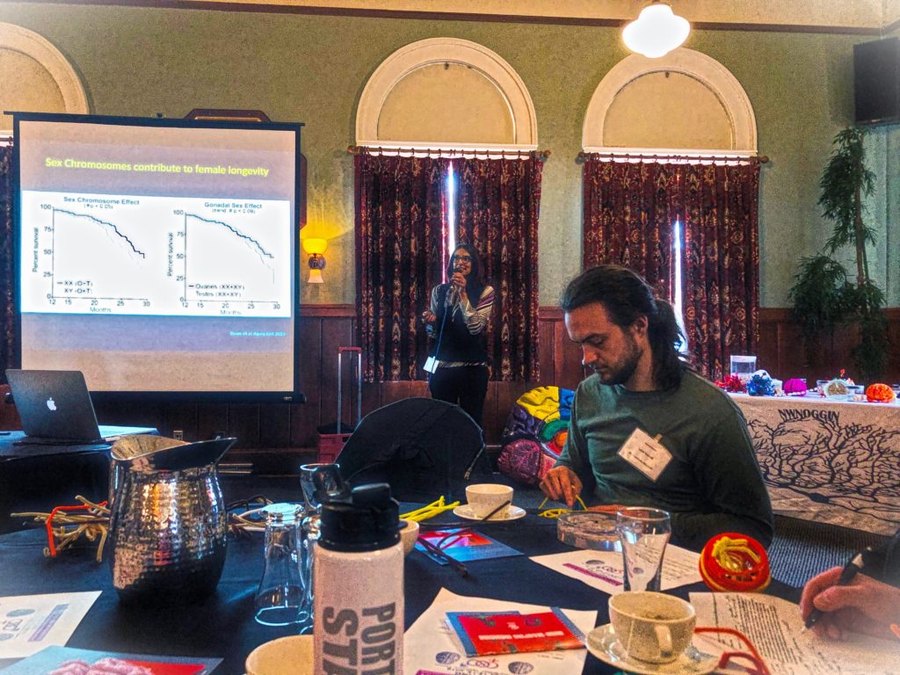
“It’s remarkable – and it doesn’t matter if you add a Y chromosome (XXY). If you add a second X you live longer, and if you take it away you definitely do not.” – Dena Dubal
LEARN MORE: Female XX sex chromosomes increase survival and extend lifespan in aging mice
LEARN MORE: Klinefelter syndrome
LEARN MORE: Mathew: How the Diagnosis of an Extra X Chromosome Helped Mathew Find Himself

Typically one X chromosome (either one) is genetically expressed in each cell, while the second X in women is inactivated (or lyonized).

From the NIH: “X-inactivation ensures that females, like males, have one functional copy of the X chromosome in each body cell. Because X-inactivation is random, in normal females the X chromosome inherited from the mother is active in some cells, and the X chromosome inherited from the father is active in other cells.”
LEARN MORE: X chromosome
LEARN MORE: The importance of having two X chromosomes
LEARN MORE: X chromosome regulation: diverse patterns in development, tissues and disease
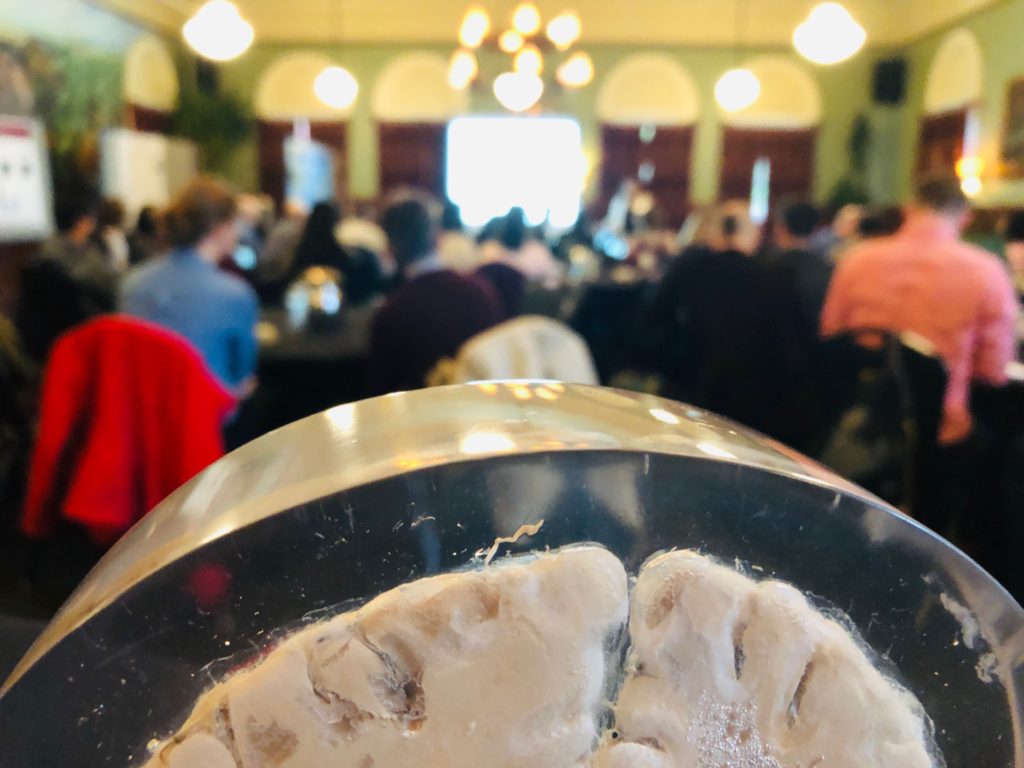
Yet apparently some genes on that “silenced” X are still expressed. Dena and her colleagues are studying the few (including KDM6A) which aren’t entirely deactivated to see if they might be useful therapeutic targets to address the reduced longevity and other deficits (including cognitive) in men…
LEARN MORE: Metformin directly targets the H3K27me3 demethylase KDM6A/UTX
There was still more bad news for males at SfN…
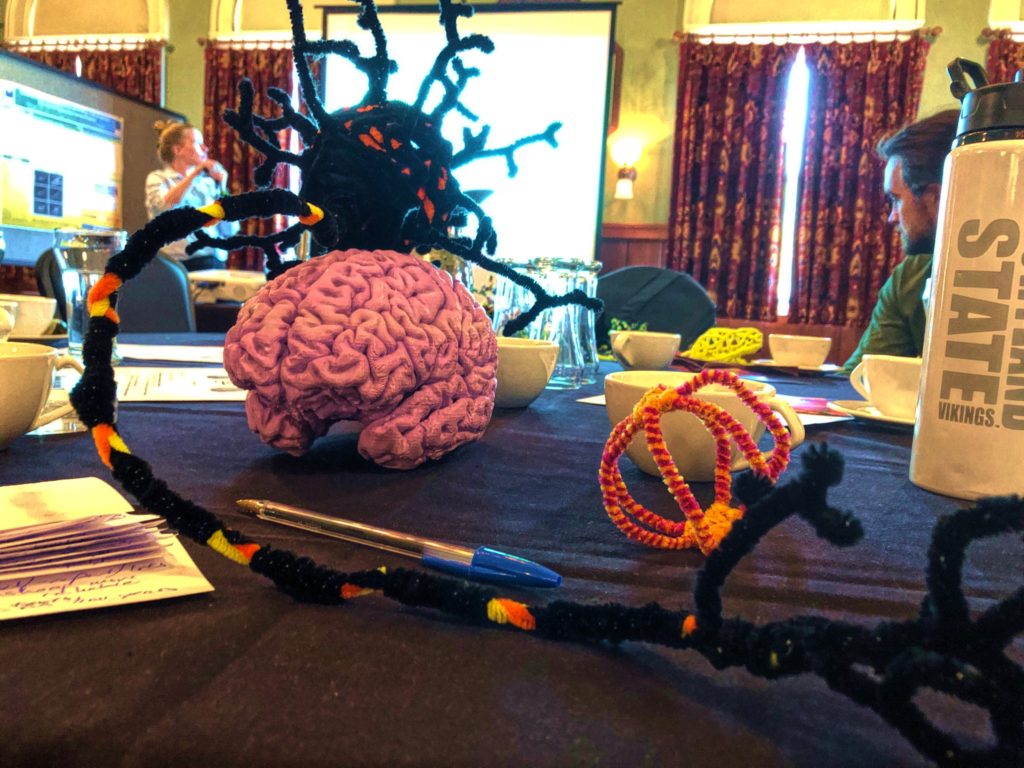
Brie Paddock at Southern Oregon University pursues research on synaptic function by studying Drosophila melanogaster (fruit flies). She found that curcumin, a chemical in turmeric (a plant related to ginger and “a darling of the Vitamin Cottage“), offered protection from oxidative stress – but only in female flies. In males, it actually reduced their rate of survival…

But why aren’t all these evident sex differences considered and explored more often in biomedical research?

Larry Cahill, a Professor of Neurobiology and Behavior in the School of Biological Sciences at the University of California Irvine (UCI) delivered the Chapter meeting’s keynote address, titled “Sex influences on brain and body: An issue whose time has come…”
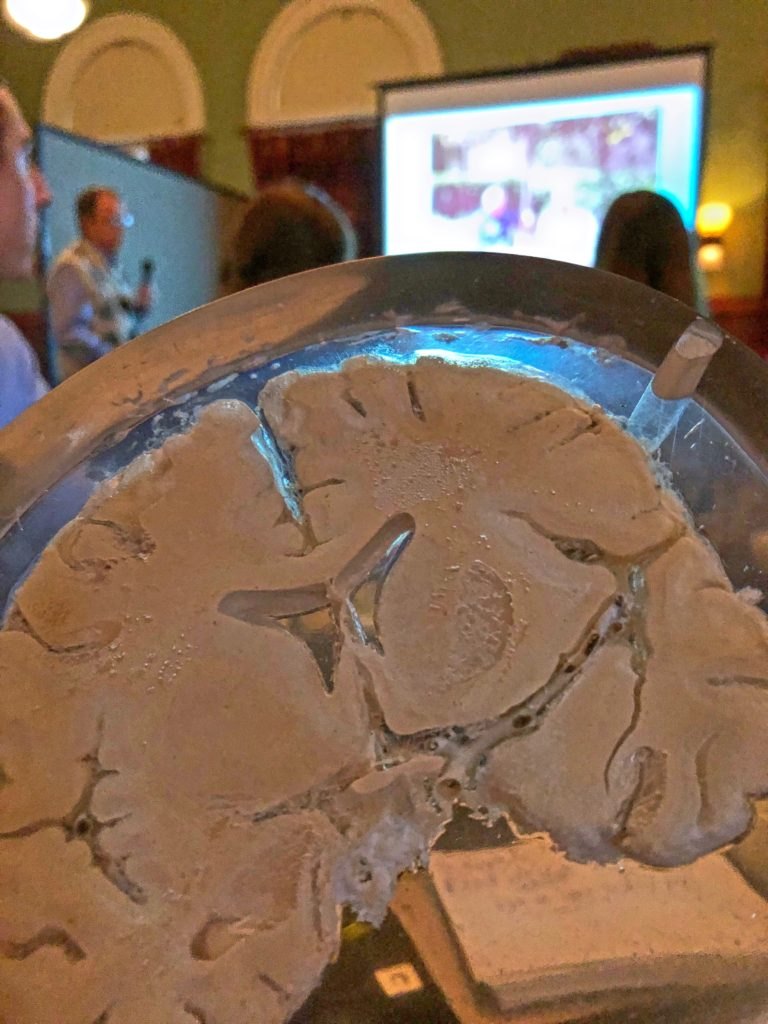
“Are men and women the same or different?” he asked.
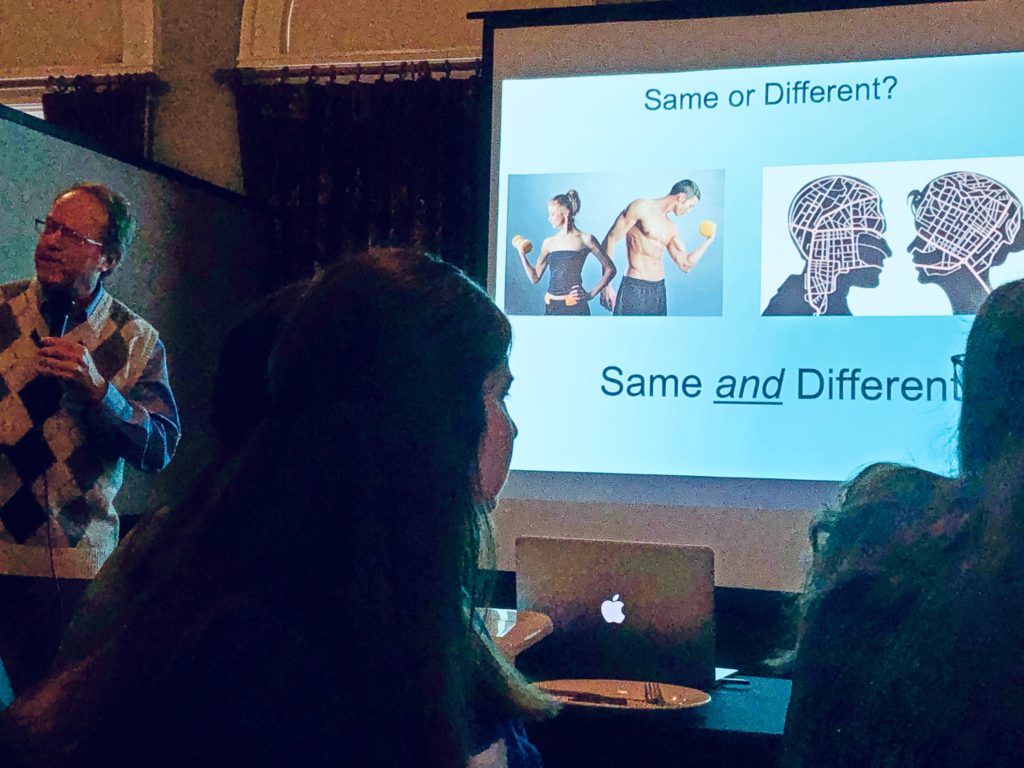
“I believe the correct answer is same and different.”

LEARN MORE: Sex Influences on the Brain: An Issue Whose Time Has Come
Dr. Cahill was initially fascinated by how adrenaline, a hormone released under emotionally salient circumstances, improved rodent memory for an event. He went on to show the same effect in humans, in 2003, and also conducted the first experiment linking activation of a subcortical nucleus known as the amygdala to this enhancement of emotional memory…
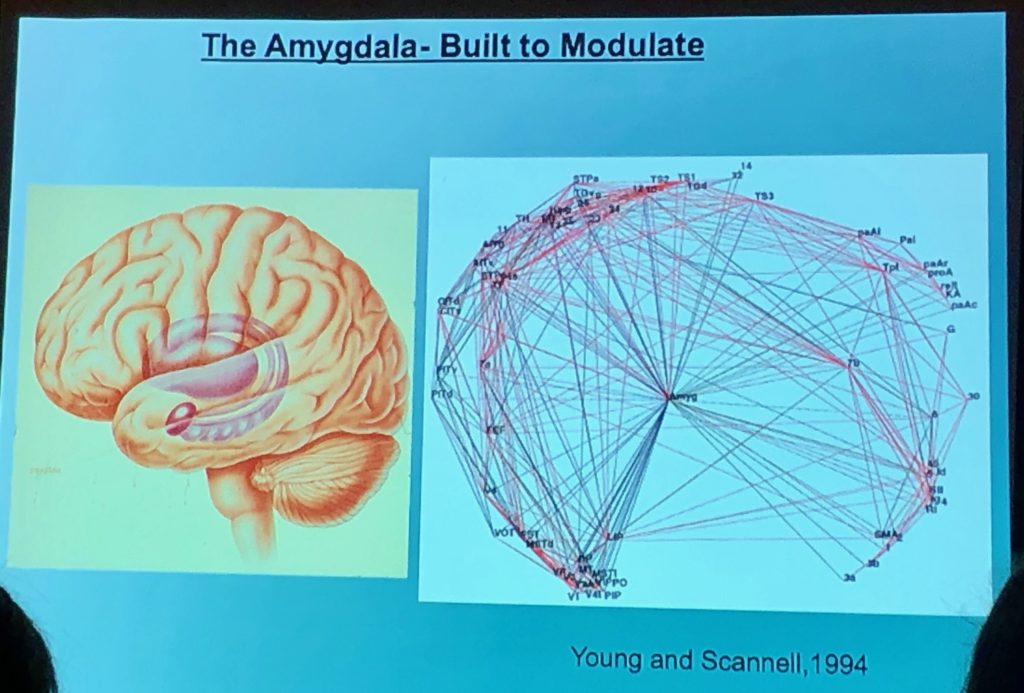
LEARN MORE: Emotional enhancement of memory: how norepinephrine enables synaptic plasticity
LEARN MORE: Amygdala activity at encoding correlated with long-term, free recall of emotional information
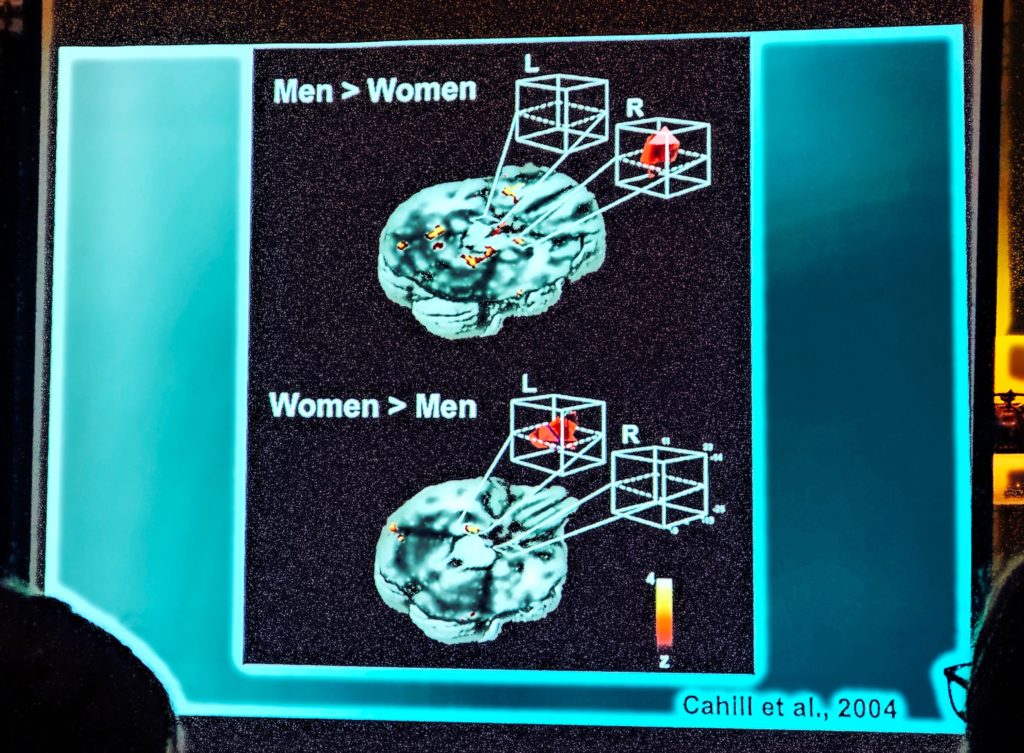
However in his original PET study, Larry only examined male subjects, and saw that right amygdala activation predicted how well they could recall emotional events. Women were not included, he said “because no one wanted to give radioactive chemicals to a woman who might be pregnant.” Yet another study, by a Stanford University group using an early MRI machine, found that left amygdala activation – and not right – predicted recall. This study only involved women, “because men’s heads often got stuck in the coil!”

This hemispheric difference was present even at rest! “There are so many differences like this, and we want to know what they mean,” said Dr. Cahill. “And, by the way, this kind of discussion was impossible when I was your age in 1985. Posters on lordosis and the hypothalamus were way out in aisle QQ at the Society for Neuroscience conference…”
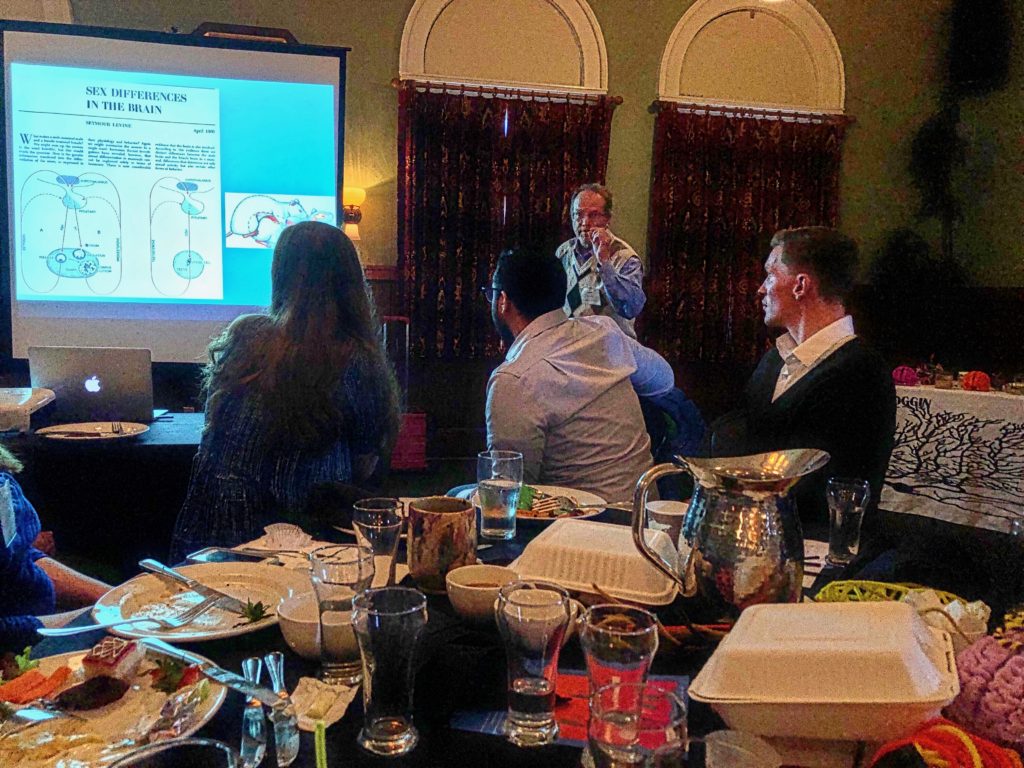
“But sex is involved in every aspect of brain function. There are so many differences in study outcomes because the assumption was that male animals were the standard, and females had to be the same…”
LEARN MORE: Boys do it the right way: sex-dependent amygdala lateralization during face processing in adolescents
LEARN MORE: Attention and awareness each influence amygdala activity for dynamic bodily expressions—a short review
LEARN MORE: Sex differences in brain activation to emotional stimuli: a meta-analysis of neuroimaging studies
LEARN MORE: Sex-related differences in amygdala functional connectivity during resting conditions

“So for example, you’ve all heard that stress kills neurons in the hippocampus, right?” asked Larry. “Well,” he explained, “the hippocampus is sexually dimorphic, too. Stress only harms the hippocampus in male animals – and not in females!”

LEARN MORE: Memory-Related Synaptic Plasticity Is Sexually Dimorphic in Rodent Hippocampus
LEARN MORE: A developmental sex difference in hippocampal neurogenesis is mediated by endogenous oestradiol
LEARN MORE: Impact of sex and hormones on new cells in the developing rat hippocampus: a novel source of sex dimorphism?

According to Larry, the times are definitely changing. “The human brain, to our complete surprise, is a highly sexually differentiated organ. But we’re at the physicist’s ‘particle zoo’ phase, and working towards a ‘Standard Model.’ There’s a long way to go…!”
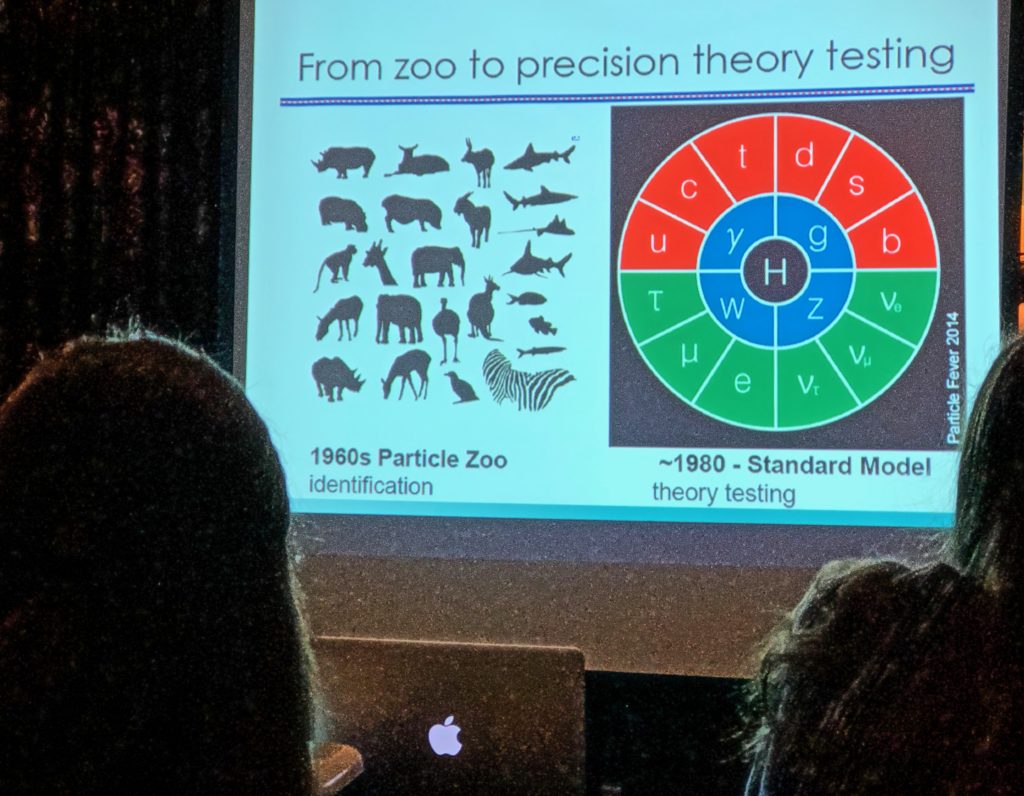
But why haven’t we really moved forward yet? “We study the males,” he asserted. “And why? Because they’re the same as the females? They are not.”
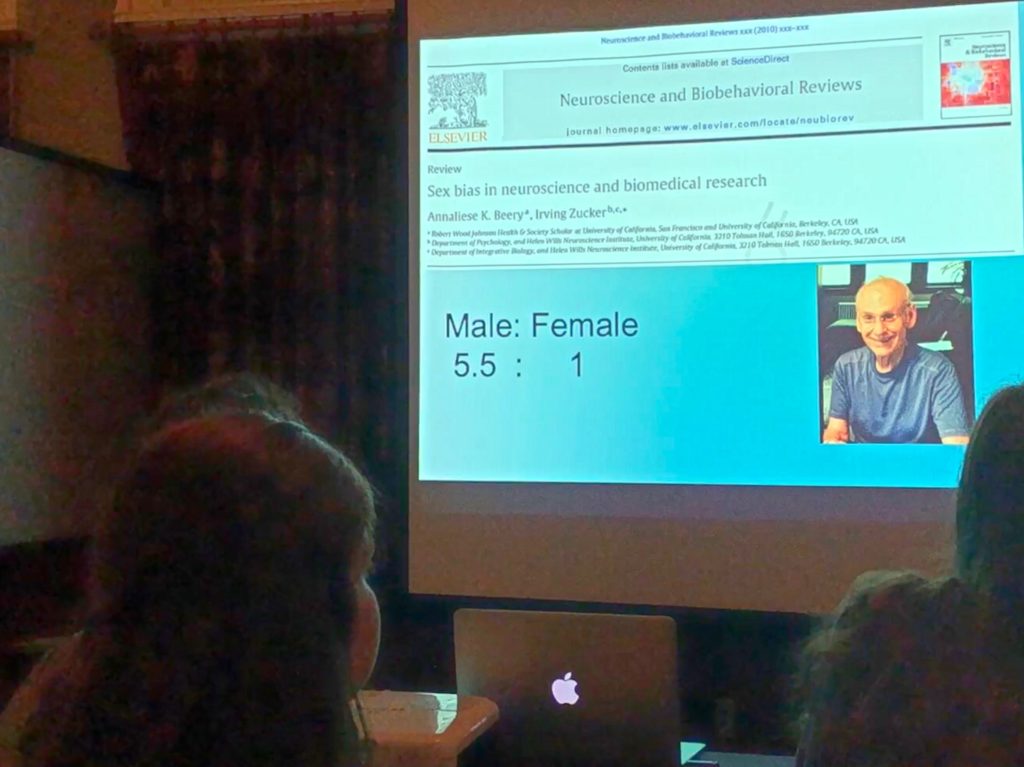
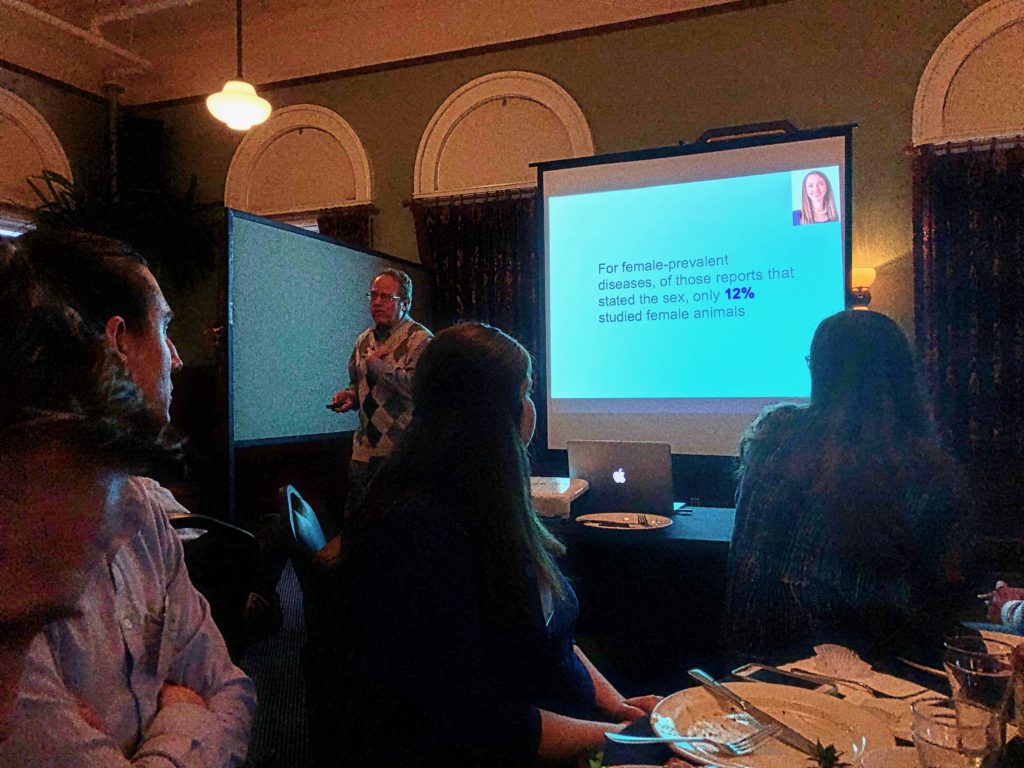
One relevant statistic, suggested Larry, is that “there are more men than women conducting biomedical research.” And, he added, “for female prevalent diseases, of those reports that stated the sex, only 12% studied female animals…”
LEARN MORE: Sex bias in neuroscience and biomedical research

Another commonly expressed concern, he noted, is that female animals, because of the menstrual cycle, introduce excessive variability into studies. “But that is incorrect.”

From a review article by Brian Prendergast et al, “The underrepresentation of female mice in neuroscience and biomedical research is based on the assumption that females are intrinsically more variable than males and must be tested at each of four stages of the estrous cycle to generate reliable data. Neither belief is empirically based.”
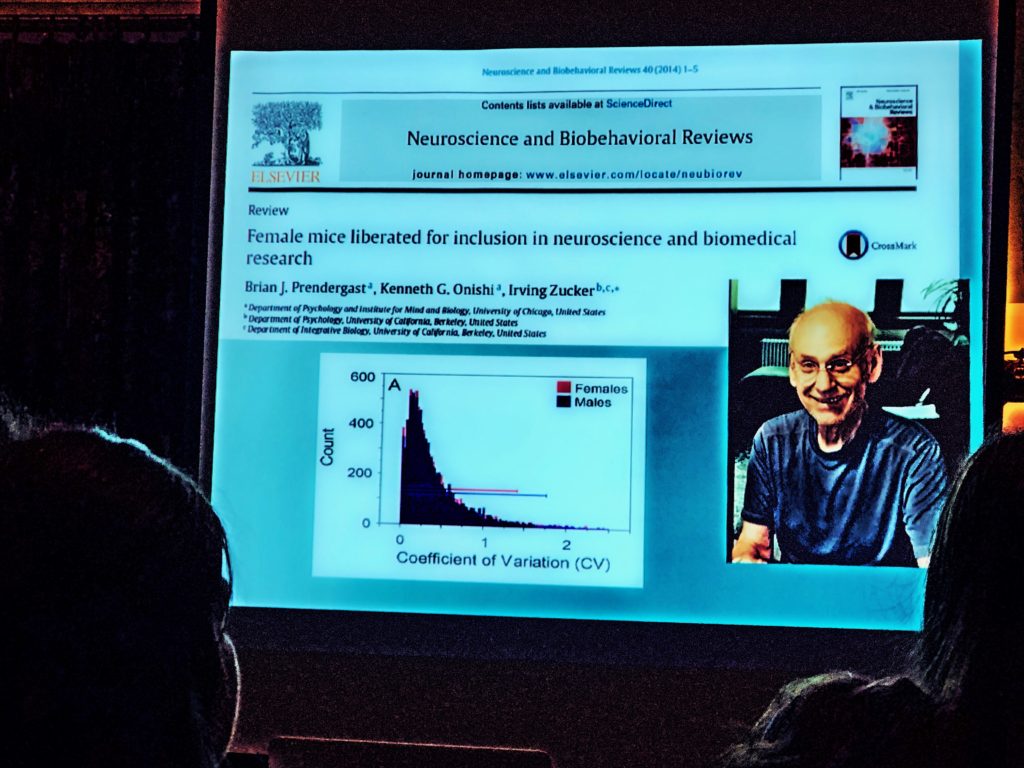
“In a meta-analysis of 293 articles…variability was not significantly greater in females than males for any endpoint and was substantially greater in males for several traits.”
LEARN MORE: Female mice liberated for inclusion in neuroscience and biomedical research

Also, noted Larry, sometimes even acknowledging sex differences in the brain is, in some quarters, “not acceptable.” He suggested that this controversy was further heightened by a recent book review in Nature titled “Neurosexism: the myth that men and women have different brains.” There is clearly some vigorous debate underway…
LEARN MORE: Sex beyond the genitalia: The human brain mosaic
LEARN MORE: Yes, there is a female and a male brain: Morphology versus functionality
LEARN MORE: Gender on the Brain: A Case Study of Science Communication in the New Media Environment
LEARN MORE: Just like a circus: the public consumption of sex differences

Yet according to Larry Cahill: “There is a false assumption behind this criticism, that in order for men and women to be equal they must be seen as the same. They are not. There are sex differences in liver function, and brain function too. These differences are fundamental…and should be studied more.”
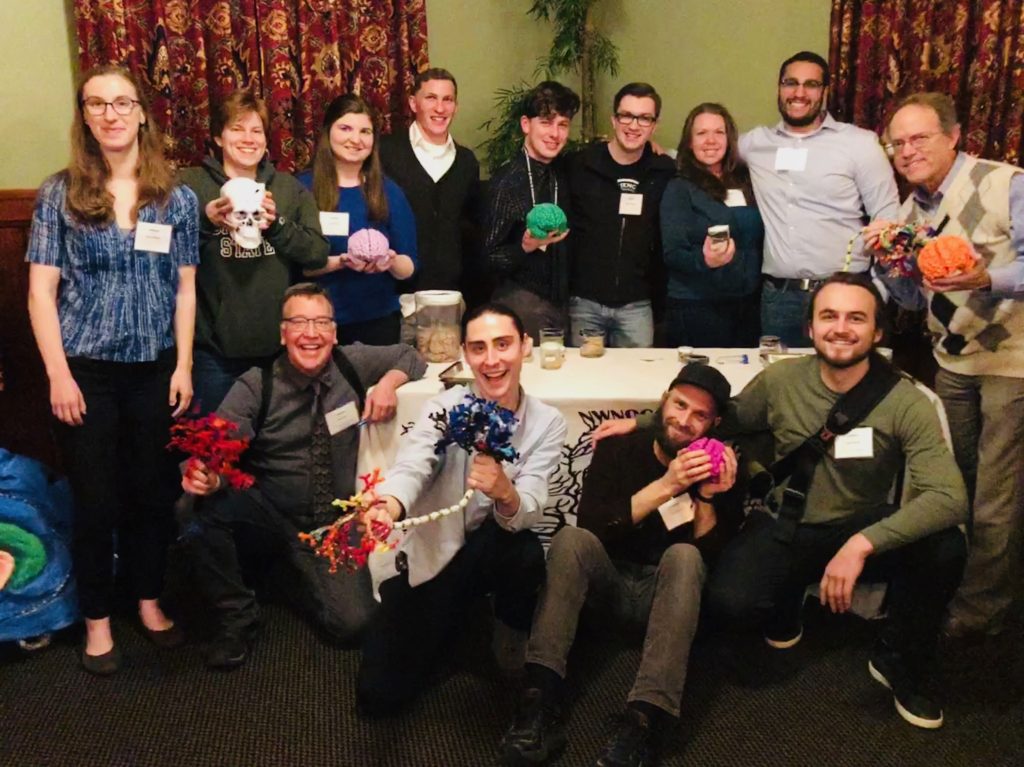
And diversity in brains and behaviors says nothing about equal access to opportunities, or military service. It it utterly fascinating to explore the physiological basis of who we are, and how we function, who we love and how we think and perceive. But those who deny women, or LGBTQA+ persons their basic civil rights aren’t basing their loathsome policy actions on scientific evidence, or research. They are blind to the extraordinary richness and value of life.
I was gifted this amazing neuron made out of pipe cleaners today @OHSUBrain @SfNtweets meeting on sex differences. Thx for having me!
pic.twitter.com/UuqBgrqriE
— Dena Dubal (@DenaDubal) April 13, 2019
We presented several speakers with their own pipe cleaner neurons…
There were more compelling talks, and stimulating posters, and opportunities to meet and talk with scientists, graduate students and undergraduates curious about the brain and behavior…
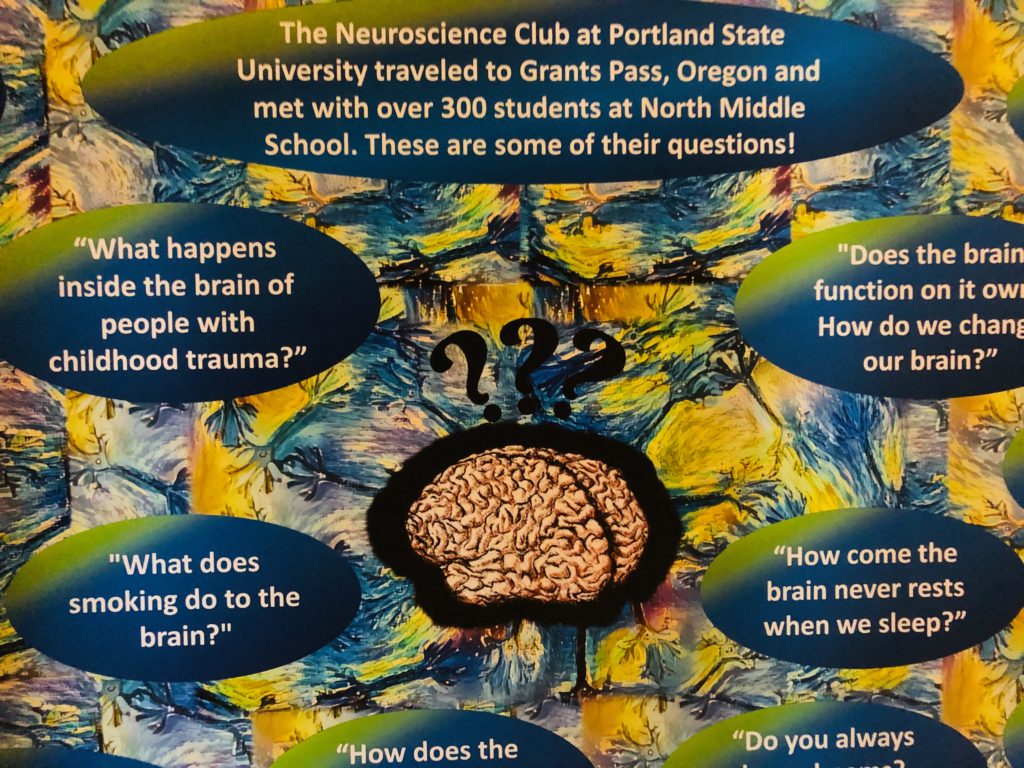
LEARN MORE: How can you change your brain?

We were particularly impressed by the posters from Legacy Research Institute, and are very excited by an invitation to tour their Oregon labs later this spring…
LEARN MORE: Noggin @ Legacy Labs!
We also thoroughly enjoyed the opportunity to discuss our own collaborative outreach with the Confederated Tribes of the Grande Ronde, and the Siletz, the Oregon Pacific Area Health Education Center, and K-12 schools in Siletz, Amity and Willamina last fall…
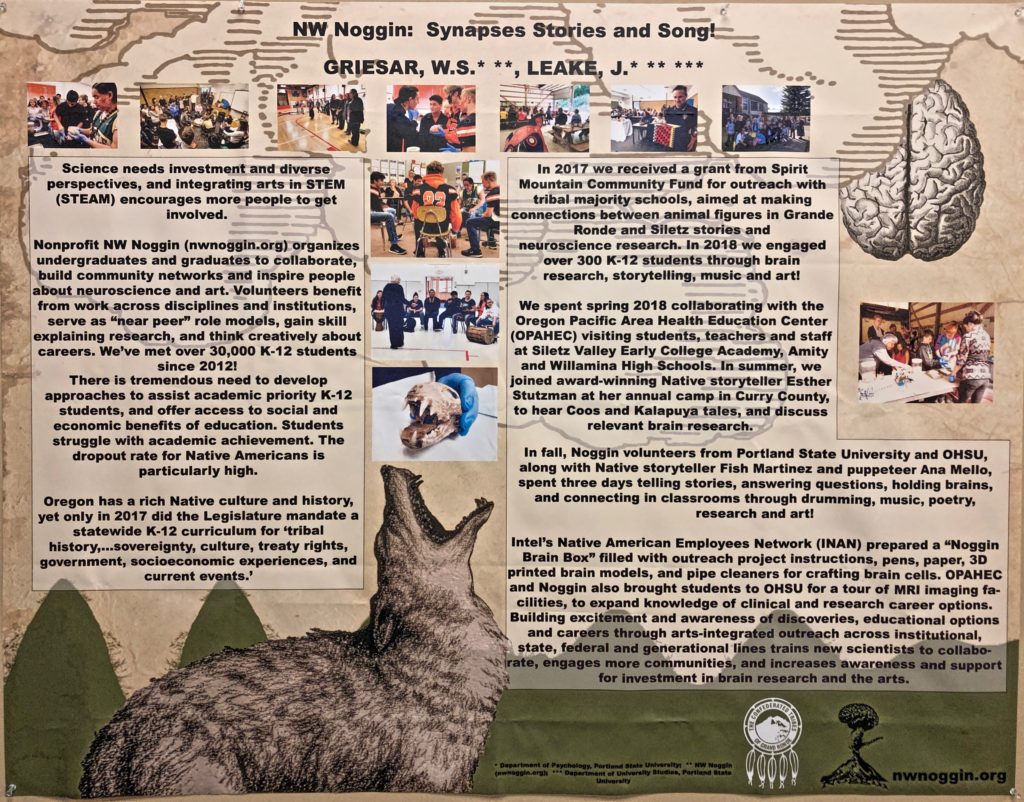
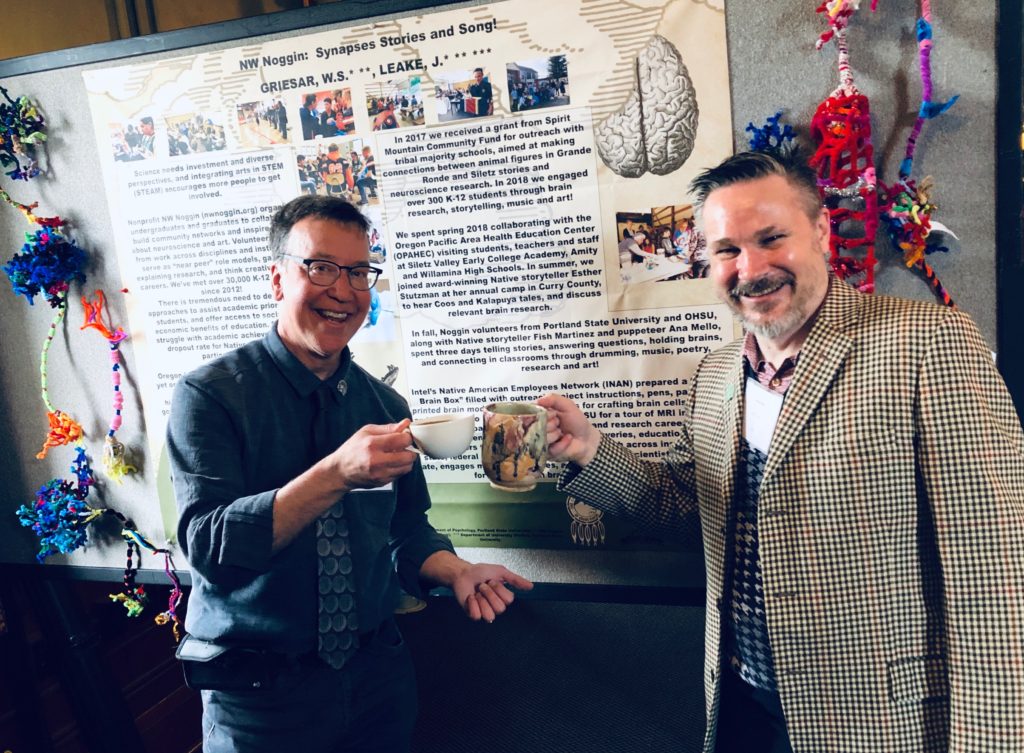
NW Noggin: Science communication helps outside the conference too
LEARN MORE: Until the story takes shape
LEARN MORE: Community Neuroscience
Many, many thanks to Larry Sherman of the OHSU Oregon National Primate Research Center, and Kate Stout of the OHSU Brain Institute for organizing yet another fantastic educational chapter meeting for SfN..!





